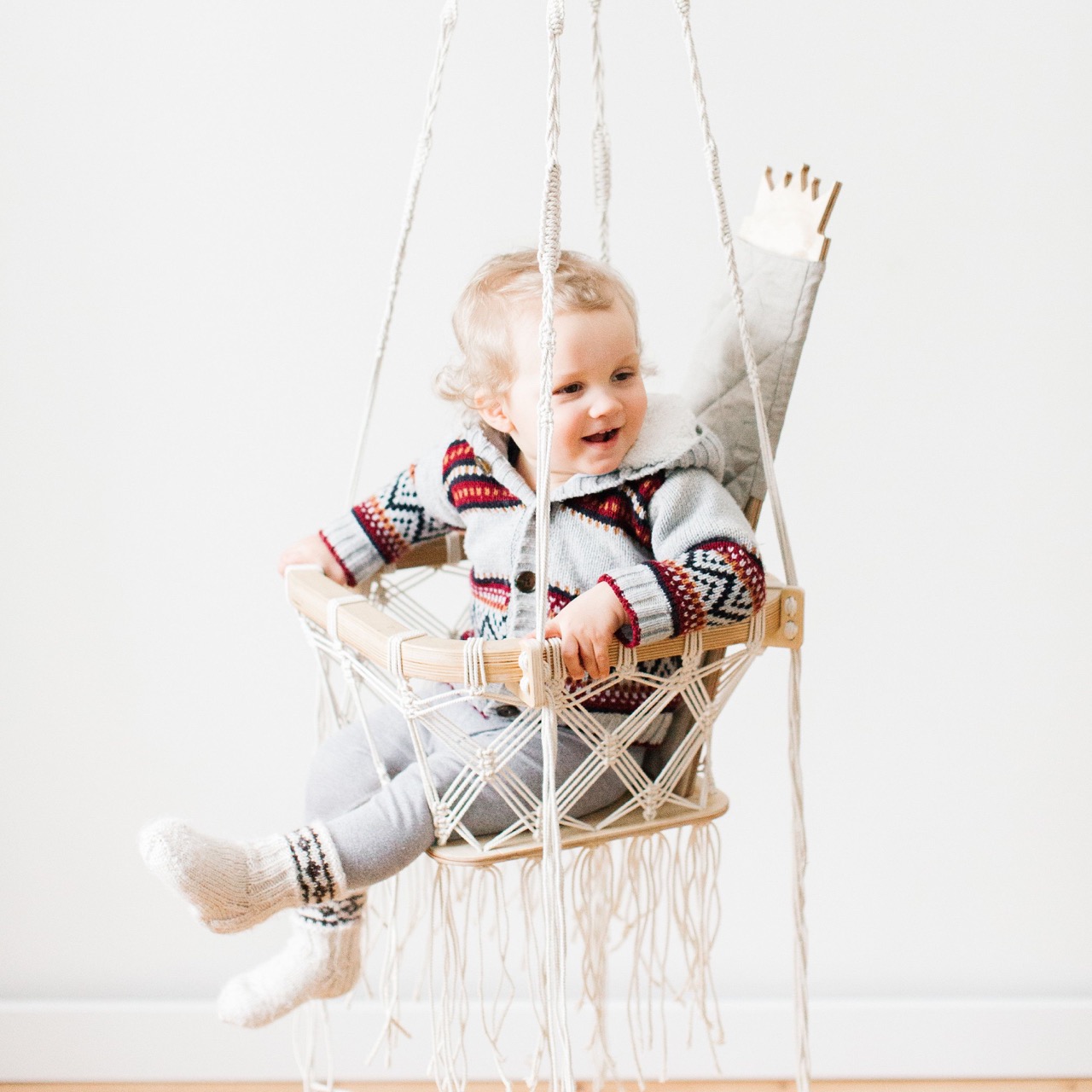

Articles
How To Store Baby Swing
Modified: January 19, 2024
Discover effective methods for storing your baby swing with our informative articles. Keep your swing in top condition for future use.
(Many of the links in this article redirect to a specific reviewed product. Your purchase of these products through affiliate links helps to generate commission for Storables.com, at no extra cost. Learn more)
Introduction
When it comes to taking care of your baby’s needs, a baby swing is a helpful and entertaining tool. However, there may come a time when you need to store the swing temporarily or for an extended period. Properly storing your baby swing ensures that it stays in good condition and remains safe for future use.
In this article, we will guide you through the steps on how to store a baby swing effectively. From choosing the right location to cleaning and sanitizing the swing, we will cover all the essential aspects of storing your baby swing.
Before you begin, it’s essential to note that each baby swing may have specific instructions or recommendations from the manufacturer regarding storage. Be sure to check the user manual or consult the manufacturer’s website for any specific guidelines.
Key Takeaways:
- Properly storing your baby swing involves choosing the right location, disassembling, cleaning, and removing batteries. Long-term storage tips include climate control, pest protection, and periodic inspections for optimal condition.
- Keep your baby swing in a dry place away from direct sunlight, choose a durable storage container, and follow manufacturer guidelines for specific storage recommendations. Regular maintenance and vigilance are key to maintaining a dry storage environment.
Read more: How To Store A Baby Swing
Choosing the Right Location
Before storing your baby swing, it’s crucial to select the right location. Ideally, you should find a dry, cool, and well-ventilated area away from direct sunlight. Excessive heat or sunlight can damage the swing’s materials and fade its colors. Additionally, choose a location where the swing will be safe from potential hazards such as water leaks or pests.
If you plan to store the baby swing indoors, consider places like a basement, garage, or spare room. Make sure the area is clean and free from any potential sources of damage, like sharp objects or chemicals. If you’re storing the swing outdoors, ensure that it is protected from rain, snow, and extreme weather conditions. A covered patio or shed can be suitable options.
It’s also important to keep your baby’s needs in mind. If you anticipate using the swing again in the near future, store it in a location that is easily accessible and convenient for setup and use.
Remember to check the dimensions of the swing and measure your storage space before finalizing the location. You want to ensure that the swing fits comfortably in the chosen area without any risk of it getting damaged or causing any obstructions.
By choosing the right location, you can ensure the safety and preservation of your baby swing during storage.
Disassembling the Baby Swing
Before storing your baby swing, it’s essential to disassemble it properly. Disassembling the swing not only makes it easier to store but also reduces the chances of damage during storage. Here are some general steps to follow for disassembling a baby swing:
- Refer to the user manual: Different baby swings have various designs and disassembly instructions. It’s crucial to refer to the user manual provided by the manufacturer. The manual will guide you on how to disassemble the swing correctly and safely.
- Remove the fabric seat: Most baby swings have a removable fabric seat. Detach it carefully, following the instructions in the manual. Some seats may have buttons or snaps that need to be released, while others may require unscrewing or unfastening straps.
- Dismantle the frame: Once the fabric seat is removed, you can proceed to disassemble the frame. Look for screws or bolts that connect the different parts of the frame. Use a screwdriver or appropriate tools to unscrew them and separate the frame components.
- Separate accessories: If your baby swing has any detachable accessories such as mobiles, toys, or hanging components, remove them and store them separately. This helps prevent them from getting tangled or misplaced during storage.
- Keep track of small parts: During disassembly, there may be small screws, bolts, or other parts that need to be removed. It’s crucial to keep track of these parts and store them in a safe place, like a labeled ziplock bag. This way, you’ll have all the necessary components when it’s time to reassemble the swing.
Remember to take your time and be gentle while disassembling the baby swing. Rushing or using excessive force can cause damage to the swing or its components.
By following these steps, you can properly disassemble the baby swing and prepare it for safe storage.
Cleaning and Sanitizing the Swing
Before storing your baby swing, it’s important to clean and sanitize it to ensure that it remains hygienic for future use.
Here are the steps you can follow to clean and sanitize your baby swing:
- Remove any fabric parts: Start by removing the fabric seat, harness, and any other removable fabric pieces. Check the manufacturer’s instructions on how to detach these parts safely.
- Check the washing instructions: Read the washing instructions provided by the manufacturer for the fabric pieces. Follow the recommended washing instructions, such as machine washing on a gentle cycle or hand washing with mild detergent.
- Clean the frame and non-fabric parts: Wipe down the frame, straps, and any non-fabric parts using a damp cloth or sponge. You can use a mild soap or non-toxic cleaning solution to remove any dirt or stains. Avoid using harsh chemicals or abrasive materials that could damage the surfaces of the swing.
- Sanitize the swing: After cleaning, it’s important to sanitize the swing to eliminate any germs or bacteria. You can use a mild bleach solution or a baby-safe disinfectant spray to sanitize the surfaces. Follow the instructions on the disinfectant product for proper dilution and application.
- Dry thoroughly: Allow all the cleaned and sanitized parts to air dry completely. Make sure there is no moisture remaining on the swing before reassembling or storing it.
It’s important to note that different swing models and materials may require specific cleaning and sanitizing methods. Always refer to the manufacturer’s instructions for the appropriate cleaning and sanitizing techniques for your specific baby swing.
By cleaning and sanitizing your baby swing before storage, you can ensure a safe and hygienic environment for your little one when you use it again.
Removing Batteries or Power Source
Before storing your baby swing, it’s crucial to remove the batteries or power source to prevent any potential damage or corrosion. Leaving batteries in the swing during storage can lead to leakage, which can damage the internal components.
Here are the steps to follow when removing the batteries or power source from your baby swing:
- Refer to the user manual: Consult the user manual or manufacturer’s instructions to determine the specific method for removing the batteries or disconnecting the power source. Different swings may have different mechanisms for accessing the battery compartment or power supply.
- Turn off the swing: Ensure that the swing is turned off and unplugged if it is connected to a power source. This helps prevent any electrical accidents during the process.
- Locate the battery compartment: If your baby swing operates on batteries, locate the battery compartment. It is usually located on the base or back of the swing. If the swing is powered by an AC adapter, unplug it from the wall socket or disconnect it from the swing.
- Remove the batteries: If the swing uses batteries, gently remove them from the compartment. Take note of their orientation, as incorrect insertion can damage the swing when you use it again.
- Store batteries separately: If you plan to reuse the batteries in the future, store them in a safe place away from extreme temperatures or moisture. Alternatively, you can choose to replace the batteries when you retrieve the swing from storage to ensure optimal performance.
By removing the batteries or disconnecting the power source from your baby swing, you can prevent any potential damage and prolong the life of both the swing and the batteries.
Read more: How To Store Baby Items For Next Baby
Folding or Collapsing the Swing
If your baby swing is designed to be folded or collapsed, it’s important to do so before storing it. Folding or collapsing the swing helps reduce its size and makes it easier to store, especially if you have limited storage space.
Here are the steps to follow when folding or collapsing your baby swing:
- Refer to the user manual: Consult the user manual or manufacturer’s instructions to determine the specific method for folding or collapsing the swing. Different swing models may have different mechanisms or steps.
- Check for safety locks: Some swings have safety locks or latches that need to be released before folding or collapsing. Make sure to locate and disengage any safety locks to avoid damaging the swing during the process.
- Follow the folding instructions: Carefully follow the folding instructions provided by the manufacturer. This may involve pressing buttons, sliding levers, or adjusting specific parts of the swing.
- Secure the folded position: Once the swing is folded or collapsed, ensure that it stays securely in that position. Some swings may have built-in mechanisms to keep them folded, while others may require additional securing, such as using straps or Velcro fasteners.
- Take note of any removable parts: If there are any removable parts, such as the toy bar or mobile, remove them and store them separately. It’s important to keep these parts protected and accounted for during storage.
Remember to be gentle and take your time when folding or collapsing the swing. Rushing or using excessive force can potentially damage the swing or its folding mechanisms.
By successfully folding or collapsing your baby swing, you can minimize its size and make it more convenient to store in your chosen storage container.
When storing a baby swing, disassemble it if possible to save space. Store all parts together in a labeled container to make reassembly easier. Keep it in a dry, clean area to prevent damage.
Choosing a Storage Container
When it comes to storing your baby swing, choosing the right storage container is crucial to protect it from dust, moisture, and potential damage. Here are some factors to consider when selecting a storage container:
- Size and dimensions: Measure the dimensions of your baby swing and choose a storage container that is slightly larger to accommodate the swing and any additional accessories. Make sure the container provides enough space without any tight or excessive pressure on the swing.
- Durability: Opt for a storage container made of sturdy and durable material, such as plastic, that can withstand any potential impact or mishandling during storage. Avoid containers that are flimsy or prone to cracks or breakage.
- Latching or sealing mechanism: Look for a container with a secure latching or sealing mechanism. This ensures that the container remains tightly closed and keeps out dust, pests, and moisture. A container with a tight-fitting lid or snap-on locks is ideal.
- Transparency: Consider a storage container that is transparent or has a clear window, allowing you to easily identify the contents without having to open it. This makes it convenient to locate and retrieve the baby swing when needed.
- Stackable design: If you have multiple storage containers, choose ones with a stackable design. This allows you to optimize your storage space by stacking containers on top of each other, saving floor space.
- Waterproof or water-resistant: It’s essential to select a storage container that is either waterproof or water-resistant. This protects the baby swing from any potential water leaks, spills, or moisture that can cause damage during storage.
Remember to clean and dry the storage container thoroughly before placing the baby swing inside. This helps maintain a clean and hygienic storage environment.
By considering these factors, you can choose a suitable storage container that safeguards your baby swing and keeps it in optimal condition during storage.
Storing the Swing in the Container
Once you have chosen the right storage container, it’s time to properly store your baby swing inside. Here are some steps to follow when storing the swing in the container:
- Clean and prepare the swing: Before placing the baby swing in the container, ensure that it is clean and dry. Refer back to the cleaning and sanitizing steps mentioned earlier in this article to make sure the swing is in optimal condition for storage.
- Disassembled or folded position: If your baby swing is designed to be folded or collapsed, make sure it is in that position before placing it in the container. Folded or collapsed swings take up less space and are easier to fit inside the container.
- Wrap or cover if necessary: If you want extra protection, you can consider wrapping the swing in a clean sheet or storing it in a dust cover before placing it in the container. This helps prevent dust accumulation and provides an additional layer of protection.
- Place the swing in the container: Carefully place the swing inside the storage container, ensuring that it is positioned securely and does not undergo any unnecessary movement or pressure. Make sure the swing fits comfortably in the container without any risk of it getting damaged or deformed.
- Add any additional accessories or parts: If you have any detachable accessories or parts that belong to the swing, such as the toy bar or mobile, place them in the container alongside the swing. This helps keep all the components together, making it easier to retrieve and reassemble the swing later.
- Close or seal the container: Once the baby swing and any additional accessories are inside the storage container, securely close or seal the container. Make sure the lid is tightly latched or the sealing mechanism is engaged to keep out dust, moisture, and pests.
Label the storage container with a clear description of its contents, such as “Baby Swing” or “Baby Gear,” to easily identify it later. Store the container in the chosen location, following the guidelines mentioned earlier in this article.
By properly storing your baby swing in a suitable container, you can ensure its protection and accessibility for future use.
Keeping the Swing in a Dry Place
One of the crucial factors in storing your baby swing is to keep it in a dry place. Moisture can cause damage to the swing, leading to mold or mildew growth, rusting of metal parts, and deterioration of the overall structure. Here are some tips to help you keep the swing in a dry place:
- Avoid basements or areas prone to water leaks: Basements are notorious for moisture issues, so it’s best to avoid storing your baby swing there. Look for a storage area in your home that is not prone to water leaks or excessive humidity.
- Use dehumidifiers or moisture-absorbing products: If you live in a humid climate or notice moisture problems in your storage area, consider using a dehumidifier. This device helps remove excess moisture from the air, creating a dryer environment. You can also place moisture-absorbing products, such as silica gel packets or moisture traps, near the swing to absorb any residual moisture.
- Insulate the storage area: If your storage area is exposed to external elements, such as a garage or shed, consider insulating it. Insulation helps maintain a stable temperature and reduces the chance of condensation and moisture buildup. Insulated storage spaces also provide protection against extreme temperatures.
- Avoid storing near water sources or damp spaces: Keep the swing away from water sources, such as sinks, toilets, or laundry areas. It’s also important to avoid storing it in damp spaces, including areas prone to condensation or near windows that may experience leaks during rainfall.
- Check for ventilation: Ensure that the storage area has sufficient ventilation to allow air circulation. Adequate ventilation helps prevent moisture buildup and allows the swing to breathe. If necessary, you can use fans to improve air circulation in the storage space.
- Regularly inspect for and address any signs of moisture: Periodically check on the storage area and the swing for any signs of moisture, such as dampness, musty odors, or mold growth. If you detect any issues, investigate the source and take appropriate measures to address them before the moisture causes damage.
By keeping the swing in a dry place, you can protect it from moisture-related damage and ensure that it remains in good condition for future use. Regular maintenance and vigilance are key to maintaining a dry storage environment.
Read more: How To Store Baby Blankets
Tips for Long-Term Storage
If you plan to store your baby swing for an extended period, there are a few additional tips to keep in mind to ensure the swing remains in excellent condition. Here are some tips for long-term storage:
- Perform a thorough cleaning and inspection: Before storing the swing, give it a thorough cleaning and inspection. This includes cleaning all parts, checking for any damage or wear, and ensuring that everything is in proper working condition. Address any necessary repairs or replacements before putting the swing in storage.
- Choose a climate-controlled storage area: If possible, store the baby swing in a climate-controlled environment. Extreme temperature fluctuations can degrade the materials and affect the functioning of the swing. Avoid storage areas that are subject to extreme heat, cold, or humidity.
- Protect against pests: Take precautions to protect the swing from pests, such as insects or rodents. Use pest deterrents, such as mothballs or cedar blocks, near the storage container. Ensure the storage area is sealed properly to prevent the entry of pests.
- Check on the swing periodically: Even if you plan for long-term storage, it’s a good idea to check on the swing periodically. This allows you to identify any signs of moisture, damage, or pest infestation early on. Regular inspections help ensure that the swing remains in optimal condition throughout the storage period.
- Keep stored items away from the swing: Avoid storing any items on top of the baby swing or placing heavy objects that can cause pressure or damage. Keep the storage area organized and avoid stacking other items on top of the swing.
- Keep the swing away from direct sunlight: Excessive exposure to sunlight can cause fading and deterioration of the materials. Store the swing in a location that is shielded from direct sunlight, or use a covering to protect it.
- Label and document: Clearly label the storage container with the contents and date of storage. Additionally, it can be helpful to take photos or create a list of all the components and accessories stored with the swing.
- Retain the user manual: Keep the user manual in a safe place so that you can refer to it when you retrieve the swing from storage. The manual provides important information on reassembly and safety guidelines.
By following these tips, you can ensure that your baby swing remains in excellent condition during long-term storage and is ready for use when you need it again.
Conclusion
Properly storing your baby swing is essential to ensure its longevity and safety for future use. By following the steps outlined in this article, you can effectively store your baby swing and keep it in optimal condition. From choosing the right location and disassembling the swing to cleaning and sanitizing it, every step plays a crucial role in preserving its quality.
Remember to remove batteries or disconnect the power source and fold or collapse the swing for easier storage. Choosing a suitable storage container that is durable, secure, and provides protection against dust, moisture, and pests is also important. Keeping the swing in a dry place, away from direct sunlight and extreme temperatures, is crucial to prevent damage and deterioration.
Additionally, implementing long-term storage tips such as performing regular inspections, protecting against pests, and periodically checking on the swing helps ensure its continued quality throughout the storage period. By following these guidelines and considering the specific recommendations from the manufacturer, you can confidently store your baby swing and maintain its functionality for years to come.
Always refer to the user manual or manufacturer’s instructions for any specific storage guidelines or recommendations for your particular baby swing model. With proper storage and care, you can enjoy the benefits of your baby swing for future use, providing comfort and entertainment for your little one.
Frequently Asked Questions about How To Store Baby Swing
Was this page helpful?
At Storables.com, we guarantee accurate and reliable information. Our content, validated by Expert Board Contributors, is crafted following stringent Editorial Policies. We're committed to providing you with well-researched, expert-backed insights for all your informational needs.

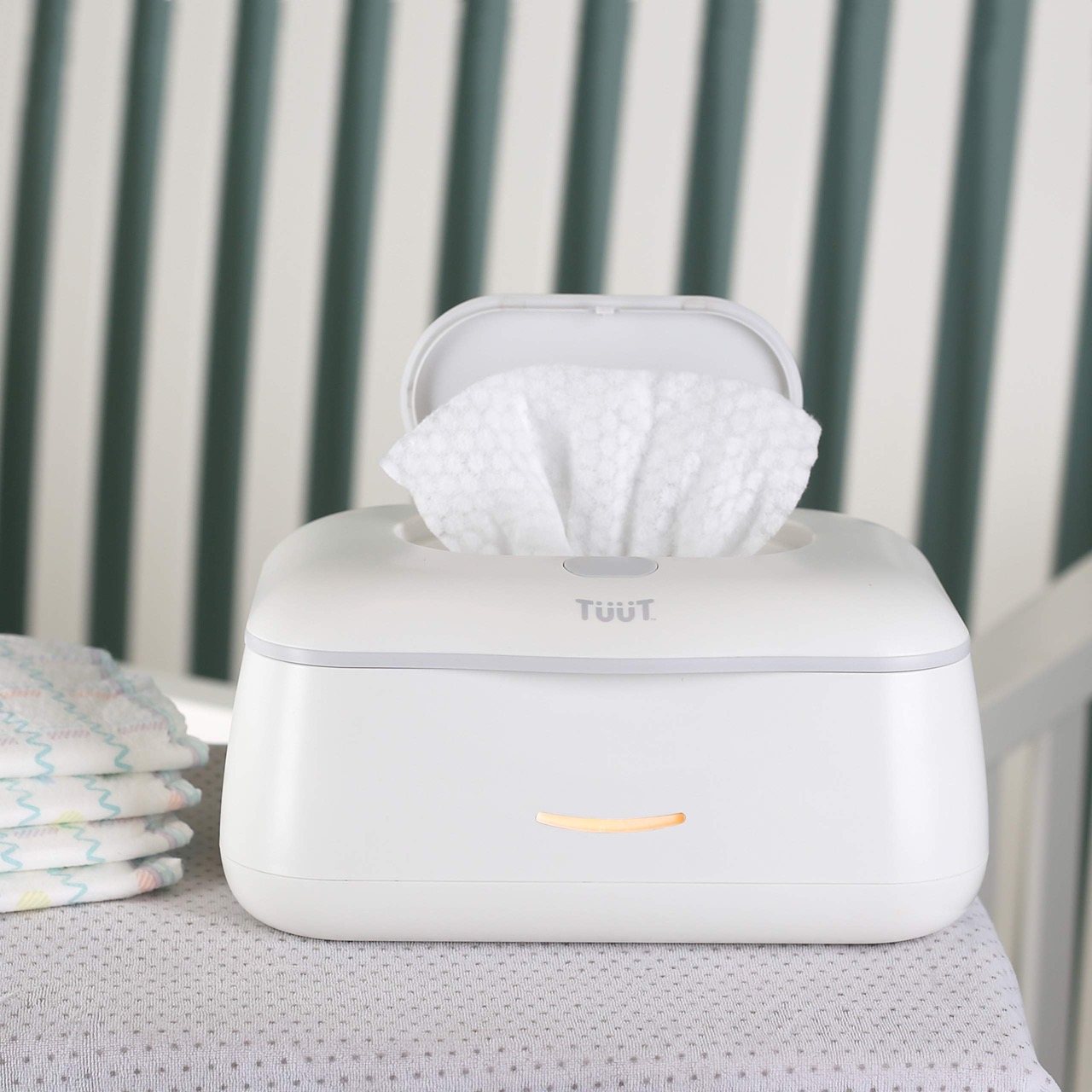


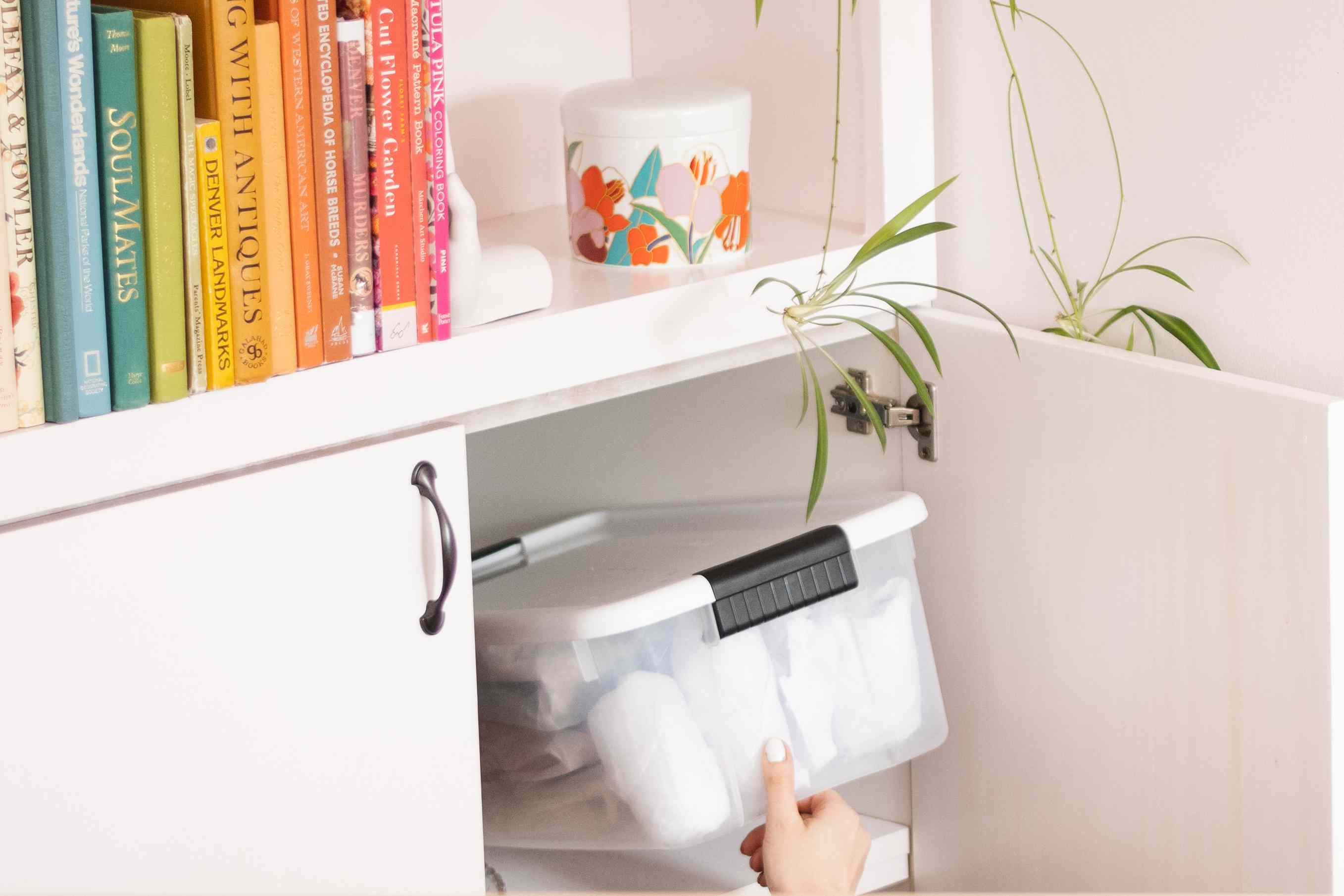

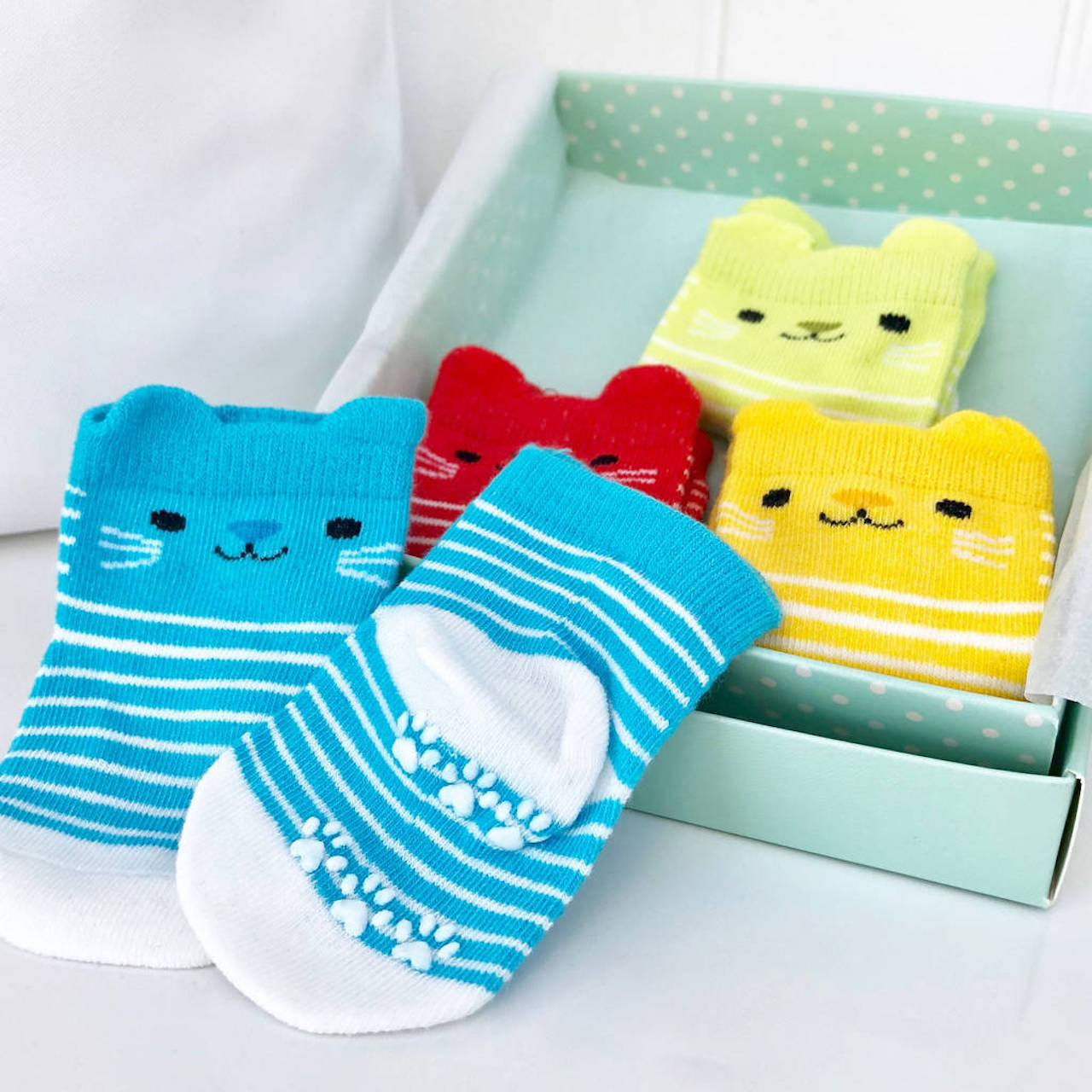
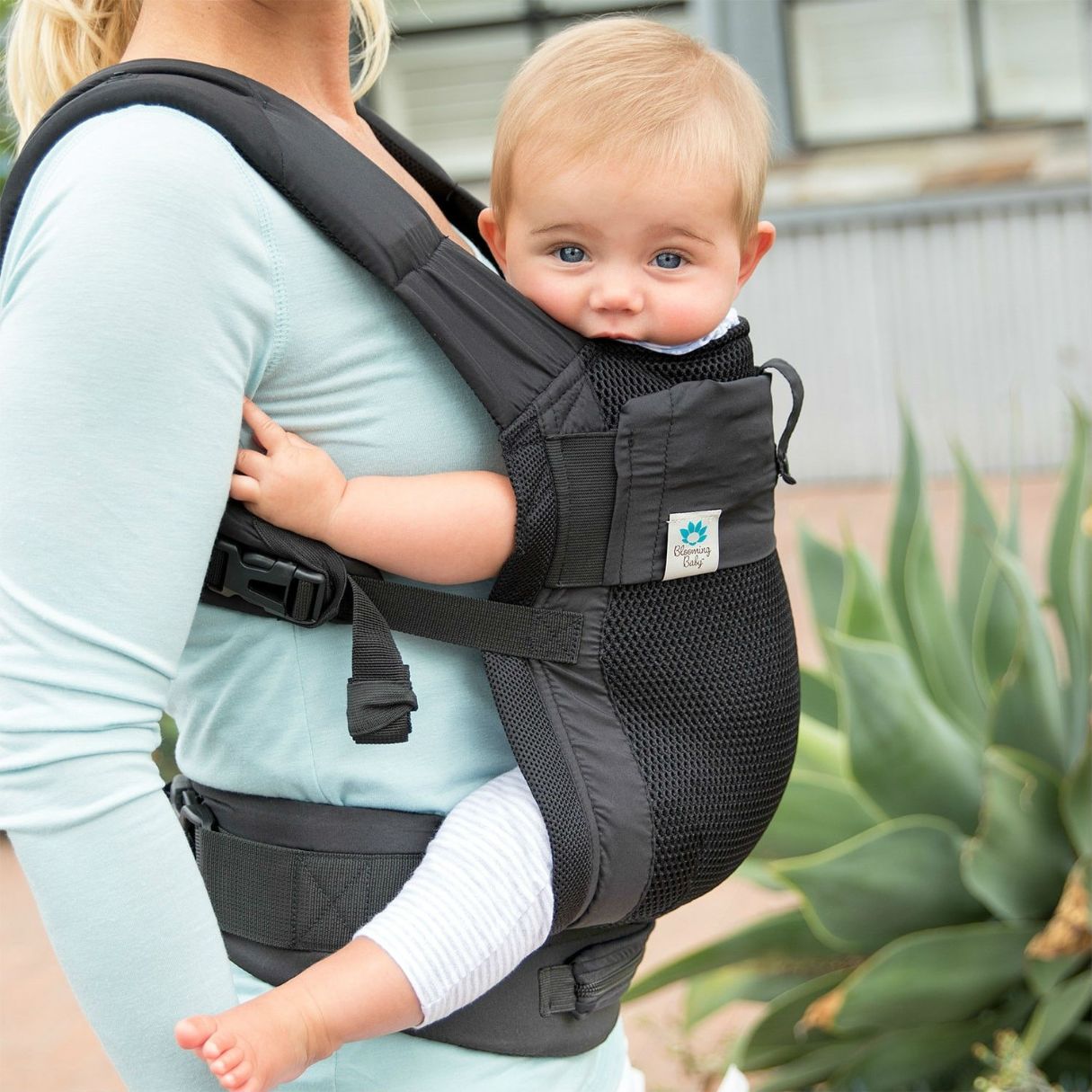
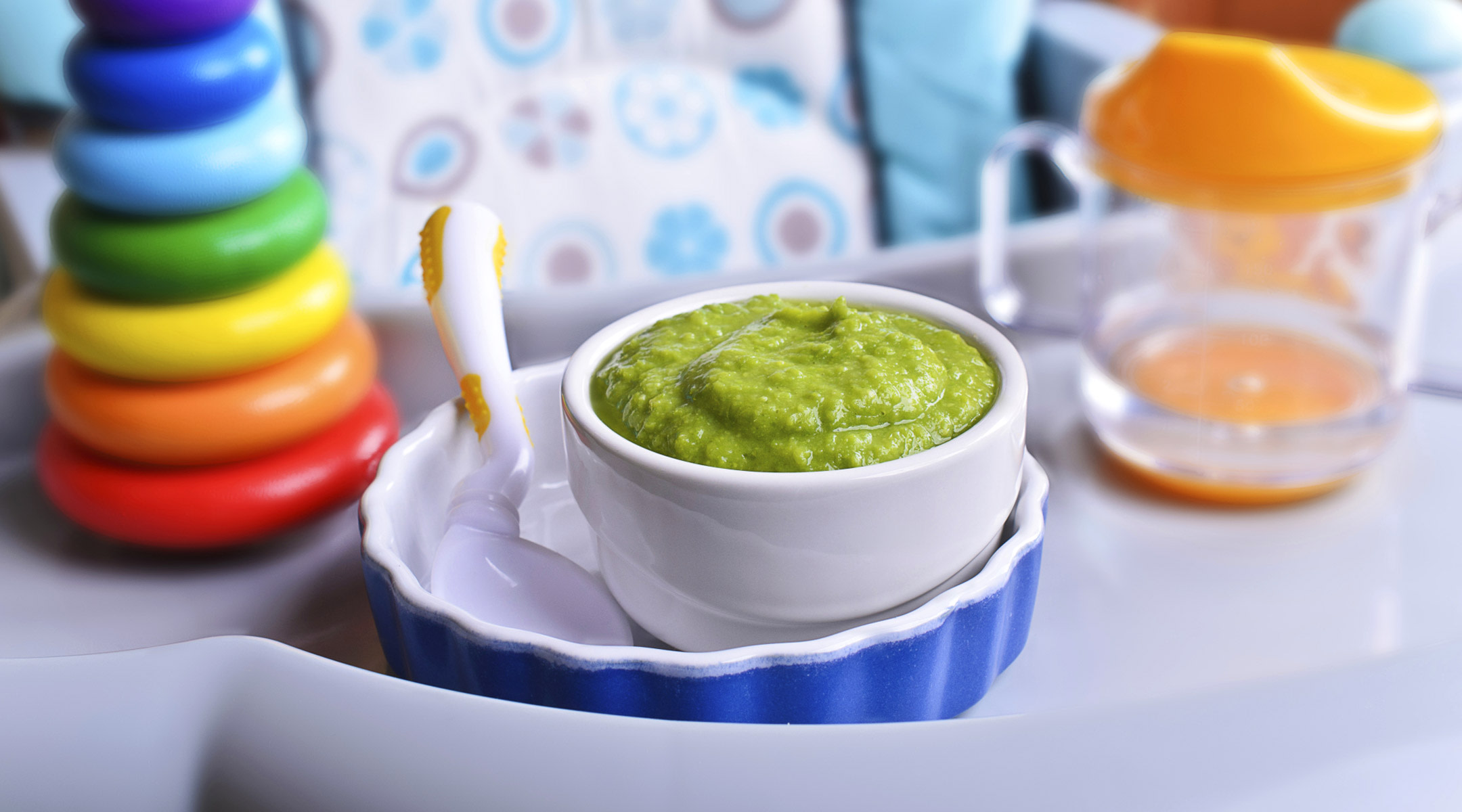
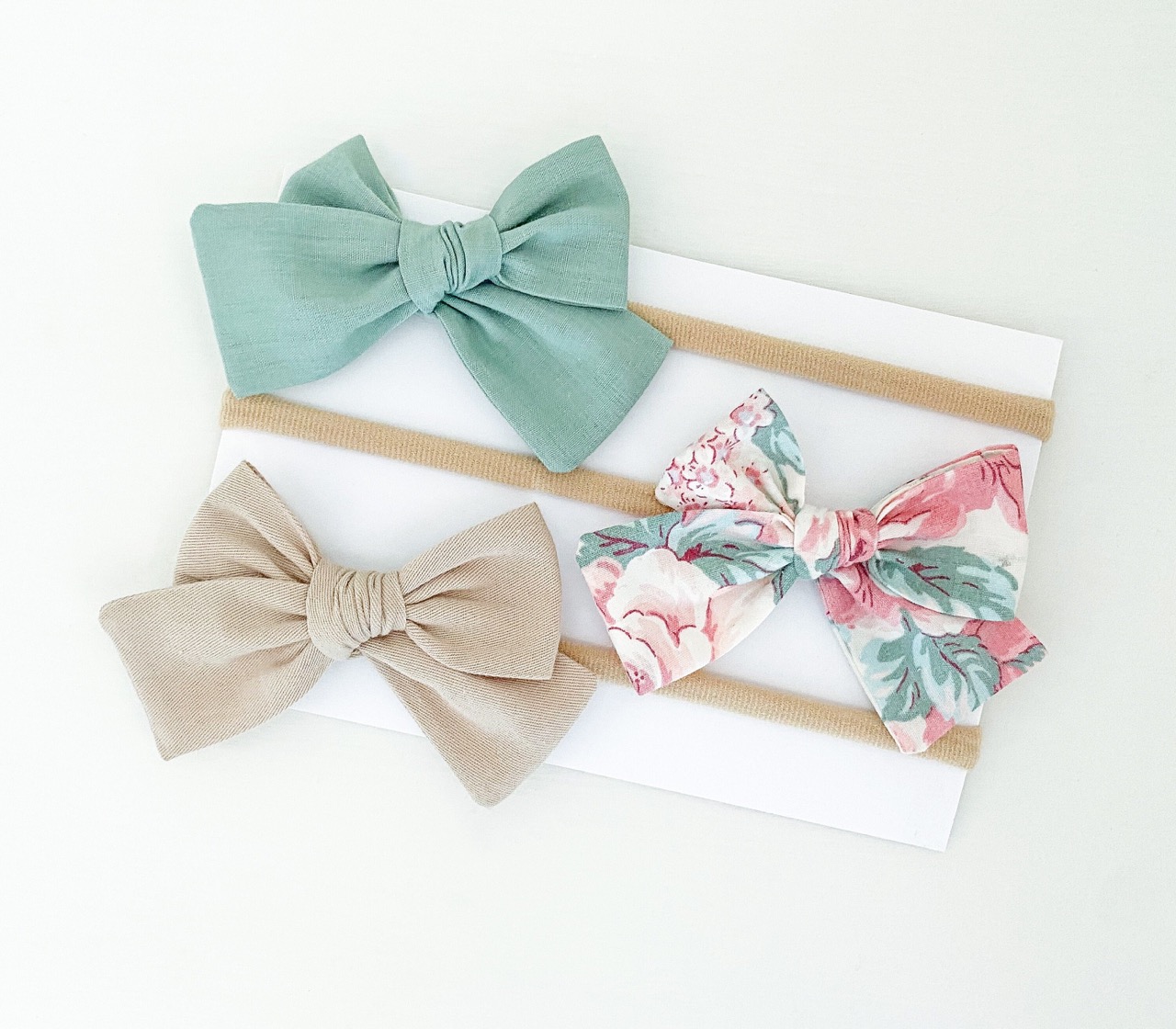
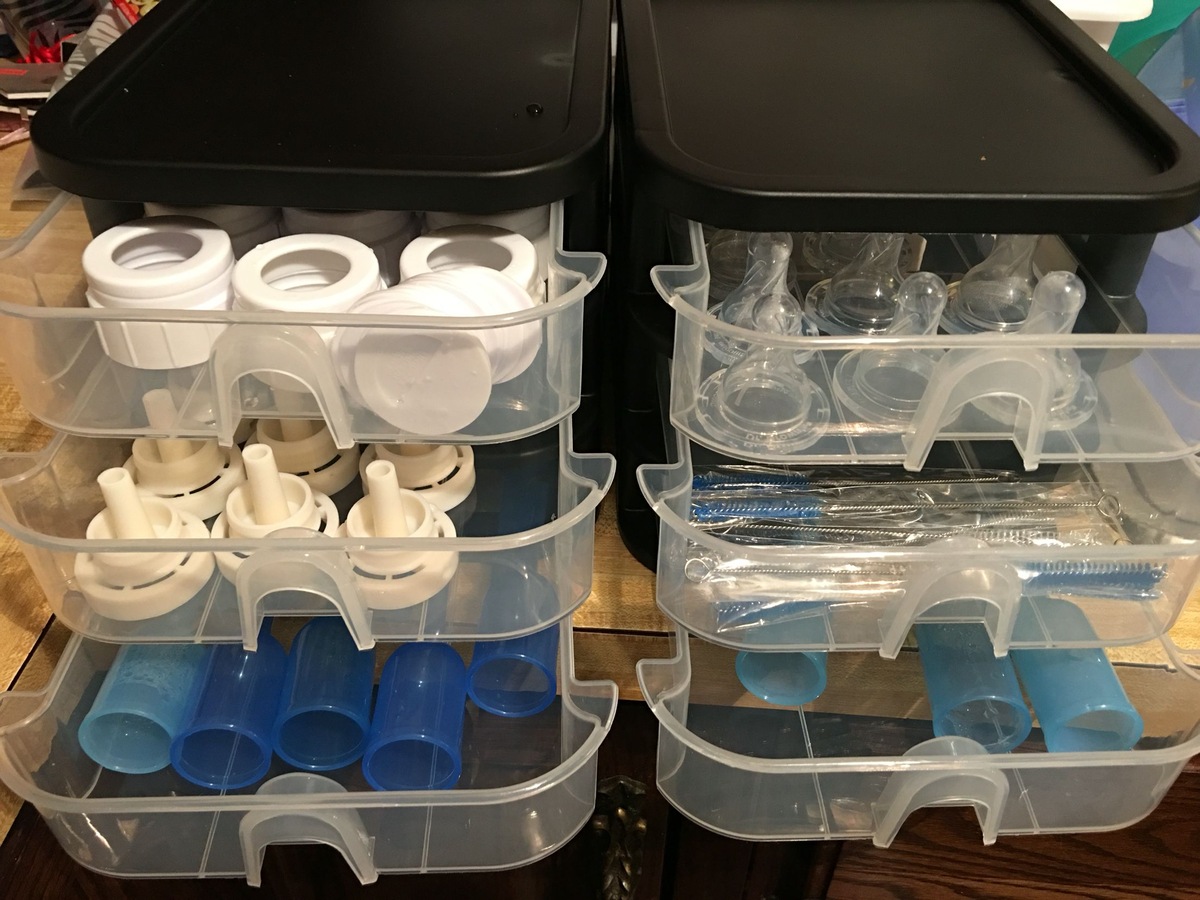

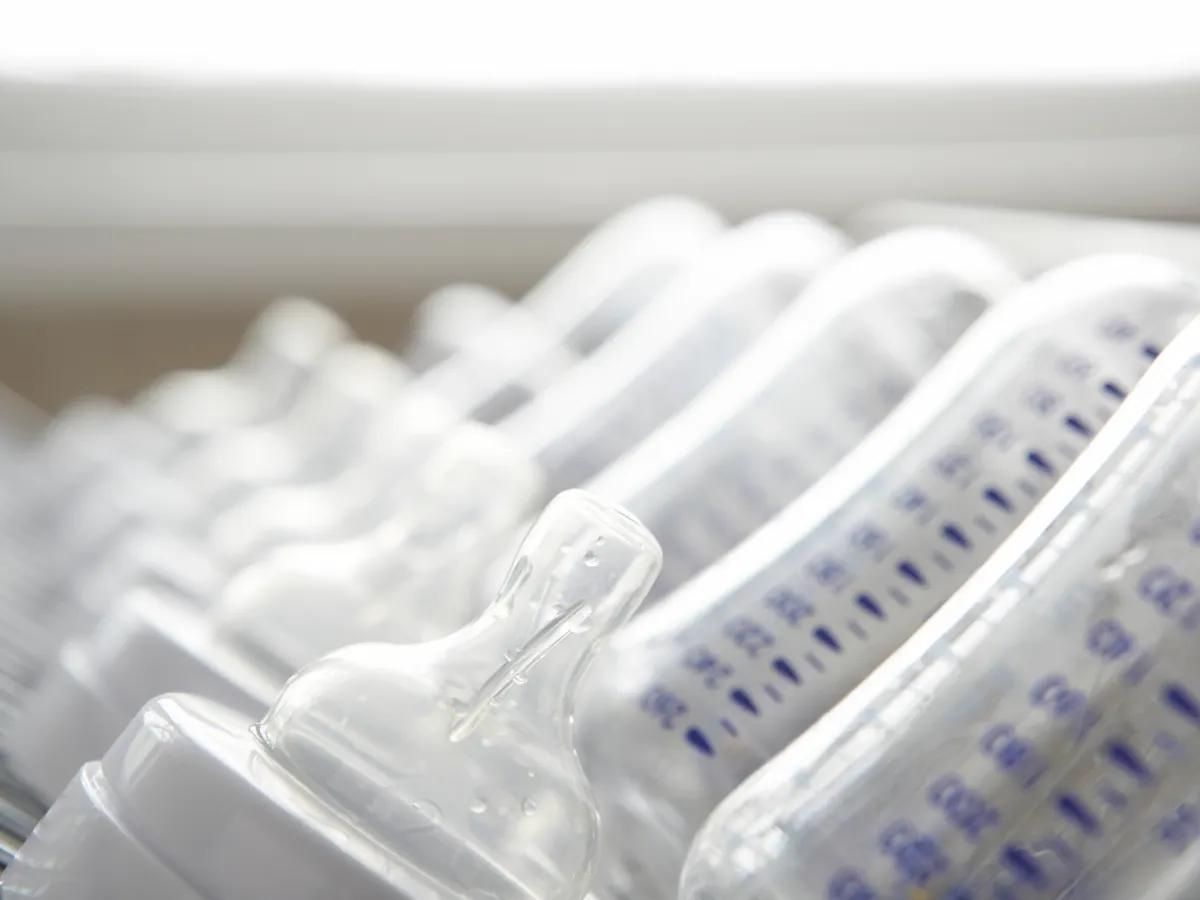

0 thoughts on “How To Store Baby Swing”